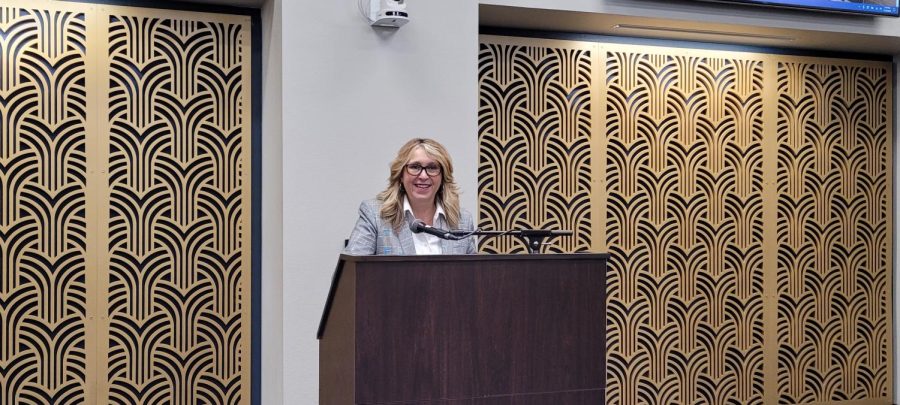Ever heard of Juilliard, the nearly $60,000 a year arts college in New York famous for its rigorous programs for aspiring dancers? Or what about the Massachusetts Institute of Technology, where tuition alone is over $40,000?
While both of these eduational institutions have procedures to provide equal opportunities to students of all walks of life, how realistic do you think it is that the average child from the Westside will attend one of these prestigious colleges?
We at the Rampage feel that art programs should be given more emphasis to lower-income communities so that the youth in these environments can be exposed to art, music, theatre and other skills that would be difficult to gain access to. High costs, physical boundaries, and lack of representation are but a few barriers for young students in poorer, sometimes crime-ridden communities.
That is why educational institutions, non-profit organizations and communities themselves must push for such programs to become the norm in America.
Many individuals who inhabit low-income communities are people of color who already deal with barriers of discrimination and racism. Consequently, many young people who do not have easy access to effective, enlightening programs are also racial minorities.
Many young minorities have more than proved their worth and talent in excelling in academics and the arts.
If young people are fully capable of maintaining high grade point averages, learning difficult skills such as playing instruments, singing in choir, perfecting their ballet, hip hop or contemporary techniques, or enjoying programming computers or taking photos, why should their family’s income level or housing situation stop them from moving forward?
According to a 2011 National Center for Education Statistics report, low-income students are five times more likely than high-income students to drop out of school.
The famous astrophysicist Neil Degrasse Tyson once said, regarding children and learning, that “Kids are born curious. Period. I don’t care about your economic background. I don’t care what town you’re born in, what city, what country … And you know what you do? You put things in their midst that help them explore.”
We also must remember that America is in the middle of a technological and scientific renaissance. This circumstance has created a specific need for skilled professionals in many fields, but especially the science, technology, engineering and mathematics fields (colloquially know as STEM). These programs, while different in terms of the skills used and programs necessary to learn, are just as much an art form our youth can excel in. Traditional arts such as sculpting and ballet also go hand in hand with STEM skills, as the diligence, hard work and confidence required in one apply to both.
Who is to say that many of our future geneticists, software engineers, doctors and mathematicians are not children and teens struggling to get by in poor neighborhoods and never even made aware of their potential gifts to the world? Who is to say that they aren’t youth living in households where paying rent for the next month is more of a priority than one’s intellectual abilities?
When it comes to the current boundaries that plague students, we as community members need to create a future of hope and success for all students.

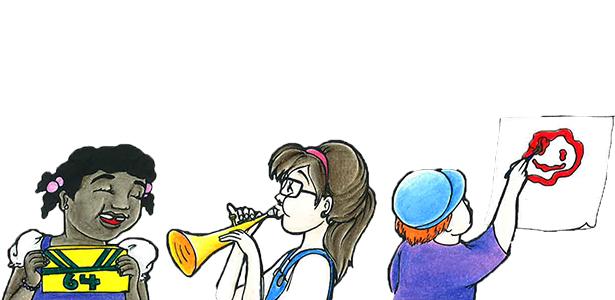
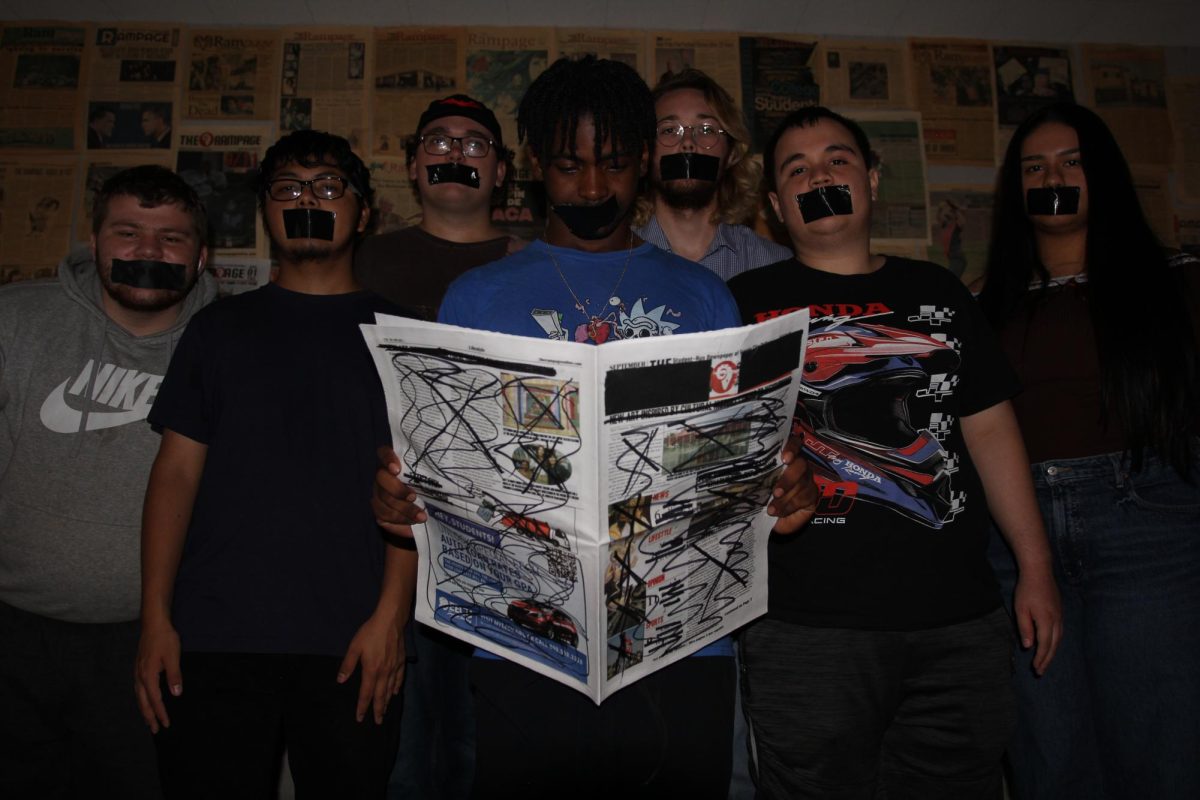


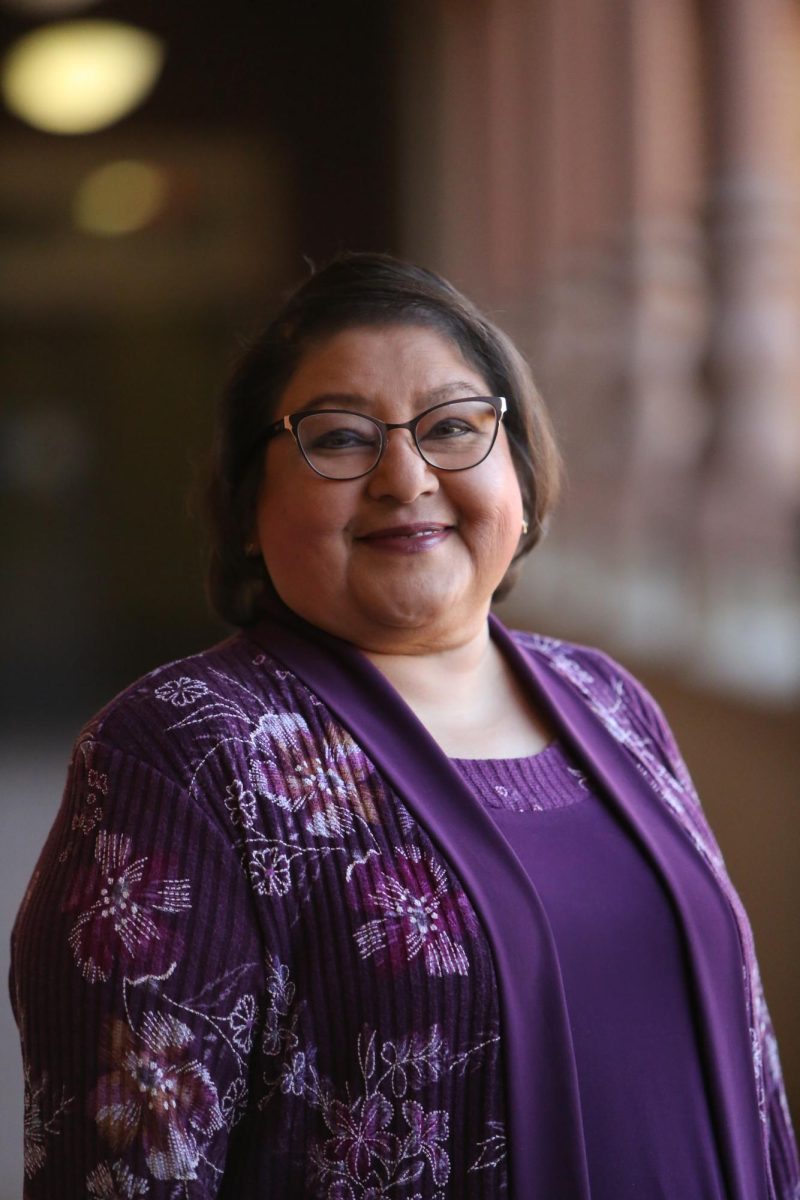
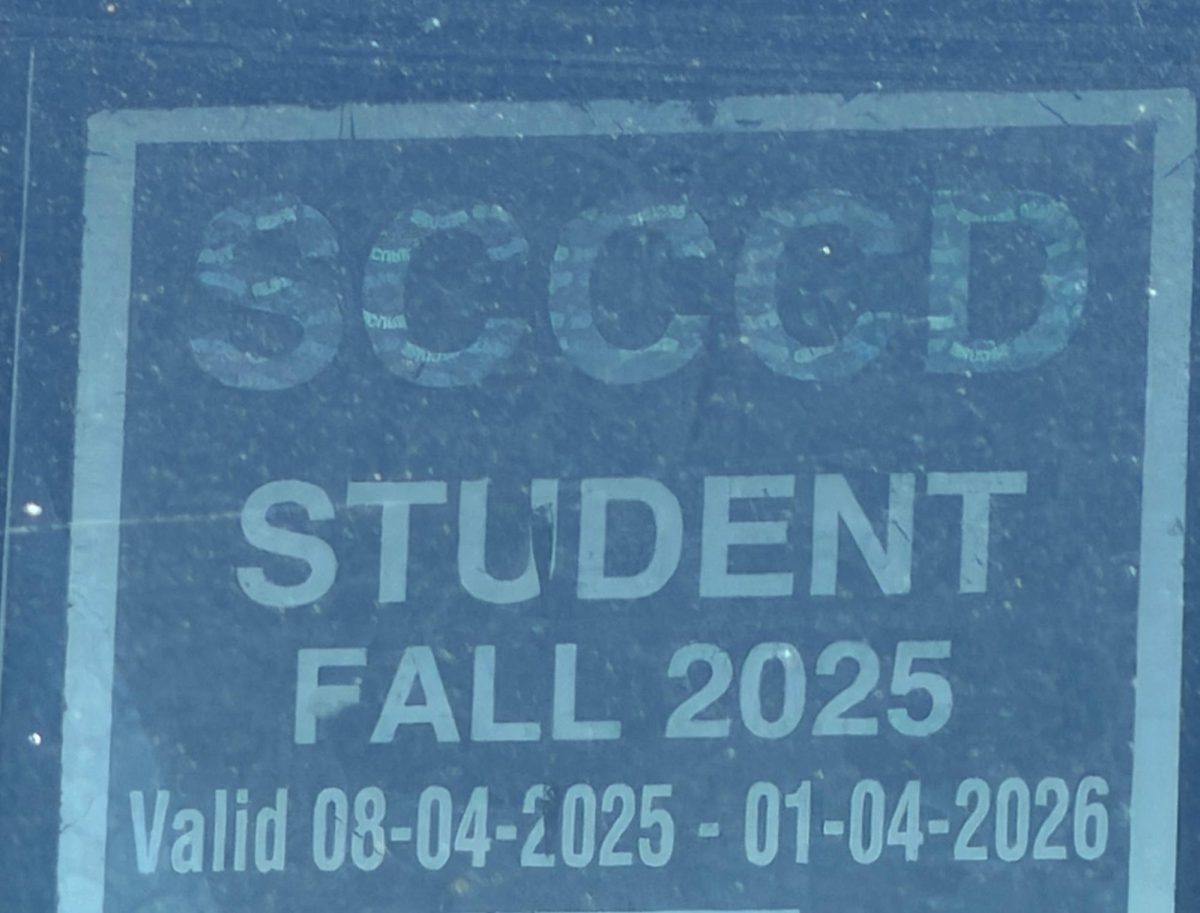

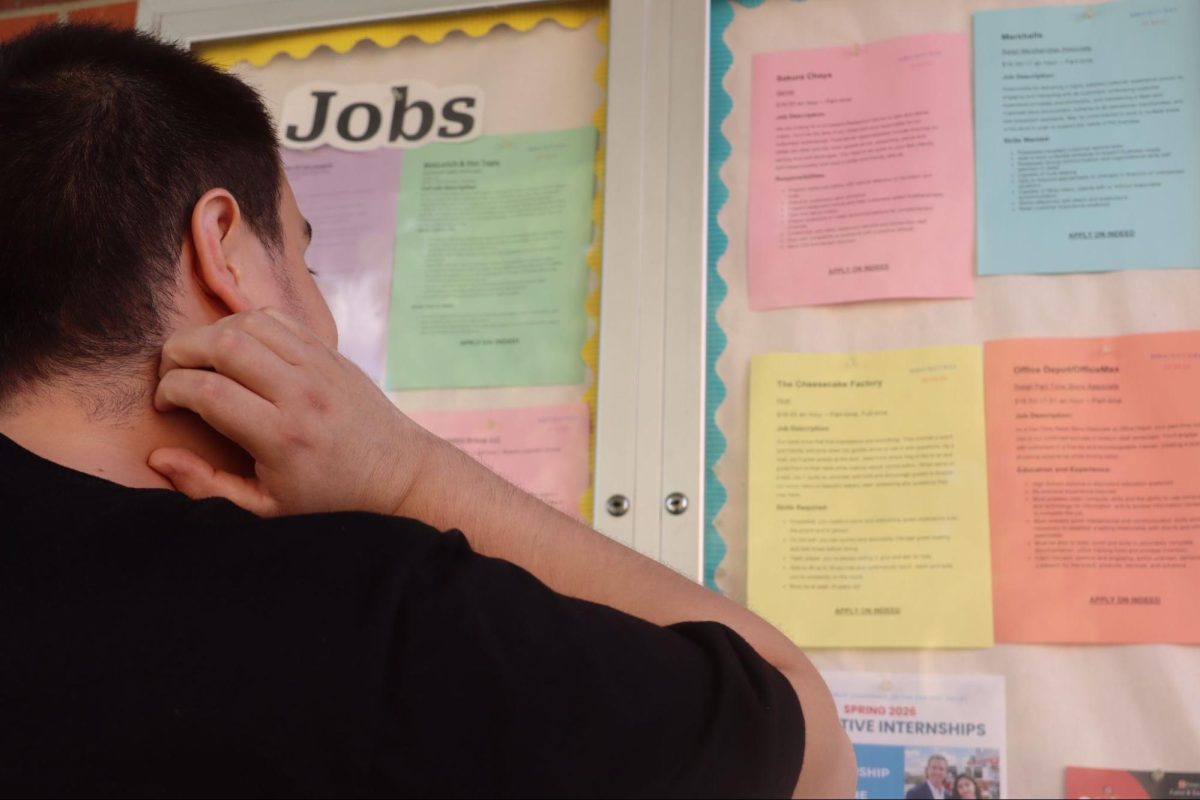
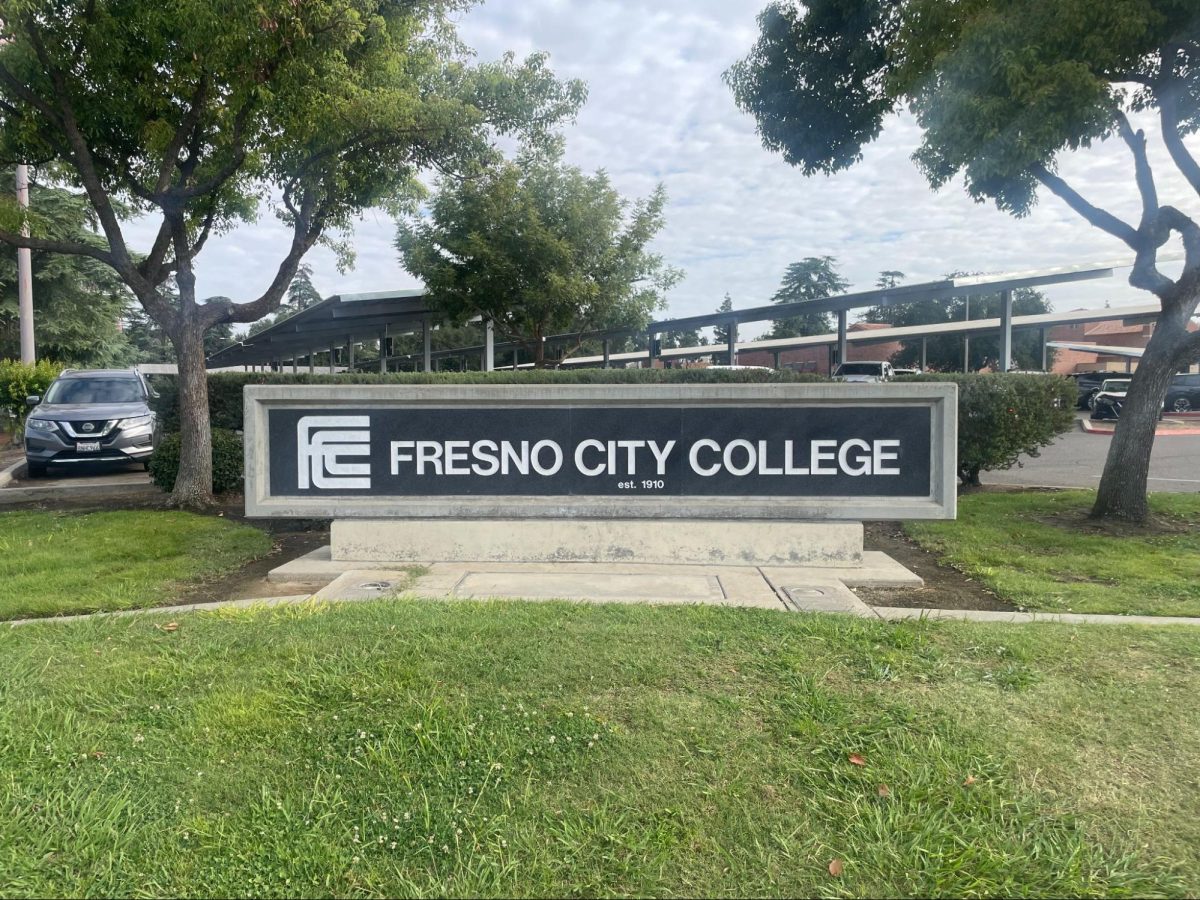


![[File Photo] On Wednesday, Feb. 19 Ed Madec coached what could be his final game as the Ram's head coach against the Reedley Tigers. Madec is currently under investigation for possible violations of CCCAA regulations.](https://www.therampageonline.com/wp-content/uploads/2020/03/Madec-900x600.jpg)


